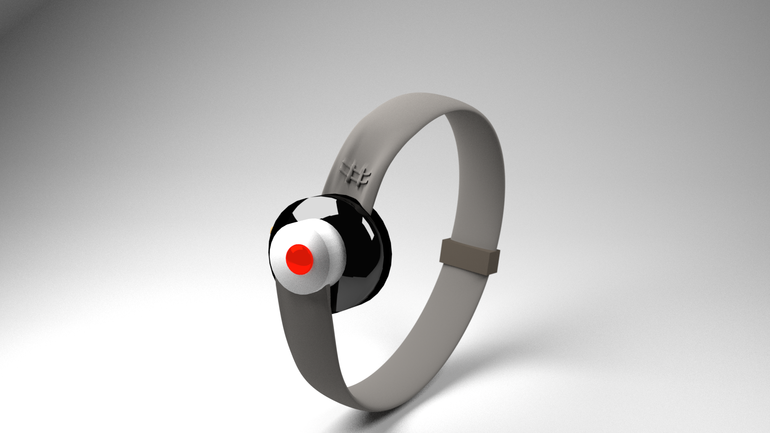
Software engineers in an embedded software engineering master’s program at Carnegie Mellon University have created a wearable device that detects opioid overdose in wearers and can issue an alert for help. The four-person team behind the device is hoping it can play some role mediating skyrocketing overdose statistics.
A record 70,000 people in the U.S. died from overdoses in 2017. Nearly 30,000 of those cases involved the synthetic opioid fentanyl, which is 80-100 times more powerful than morphine.
The students built the device in response to a challenge from financial sponsor Pinney Associates, a pharmaceutical consulting firm. They decided to tackle the challenge by monitoring the oxygen in the users’ blood via light reflected back from the skin to a sensor, a process known as pulse oximetry.
The resulting wearable sensor pairs to a mobile phone via bluetooth. If the user’s blood oxygen drops beyond a certain baseline threshold for more than half-a-minute, the wristband sends coordinates and a message for help to an emergency contact using the paired phone’s GPS and SMS. That increases the odds help can arrive with naloxone, a chemical that can reverse the effects of opioid overdose if administered in time.
“Having naloxone on hand doesn’t matter if you overdose and there is nobody nearby to administer it,” said Michael Hufford, CEO of Harm Reduction Therapeutics, a nonprofit pharmaceutical company spun out of Pinney Associates that’s advocating for making naloxone available over the counter. “Having a cheap-but-reliable device that can detect overdose could be absolutely central in saving lives.”
The CMU students entered their device in the Robert Wood Johnson Foundation’s Opioid Challenge competition, recently placing third in the finals.
Other semi-finalists included Hey, Charlie, a mobile behavioral modification platform to help individuals in recovery rebuild their social environments, and Sober Grid, iOS/Android app designed to help people recover from drug and alcohol addiction.
“I wasn’t expecting something that was quite so turnkey,” said Pinney senior data manager Steve Pype. “Initially, we were thinking this might be a proof of concept. But here we are: The project is almost finished and they’re refining the prototype.”
Beyond the technical challenges, the team had to figure out how to determine when an overdose occurs using oxygen saturation in the blood.
“Even if you asked a group of doctors what defines the overdose, they would struggle to give you a concrete answer,” team member Rashmi Kalkunte Ramesh said. “They have to physically assess the person for a variety of signals. It was on us to cull those signals and select a method of reliable, accurate assessment.”
The students envision further iterations of the software architecture to improve effectiveness.
“There are so many ways this product could be even better,” says Soham Donwalkar, another member of the team. “I can absolutely see additional sensors being incorporated to give a machine-learning backend a bigger dataset to work with, reducing the number of false positives, for example. Or, once clinical trials are open, assembling a much larger, more diverse corpus for ML training that encompasses a wide range of physical variables — like age, sex, race, etc. — that could affect what an overdose state looks like!”
